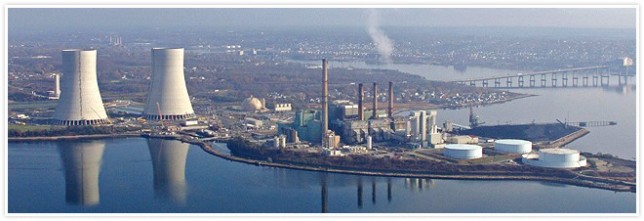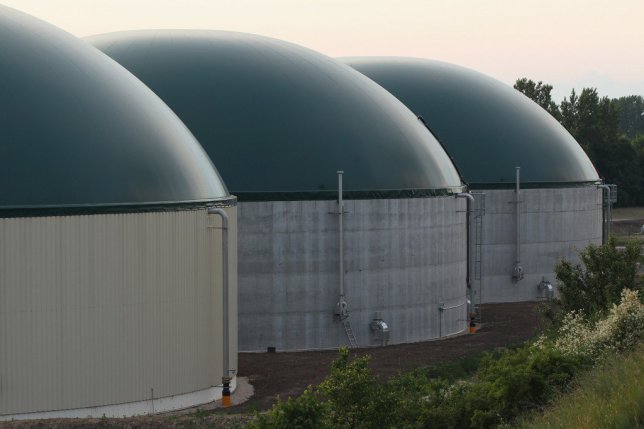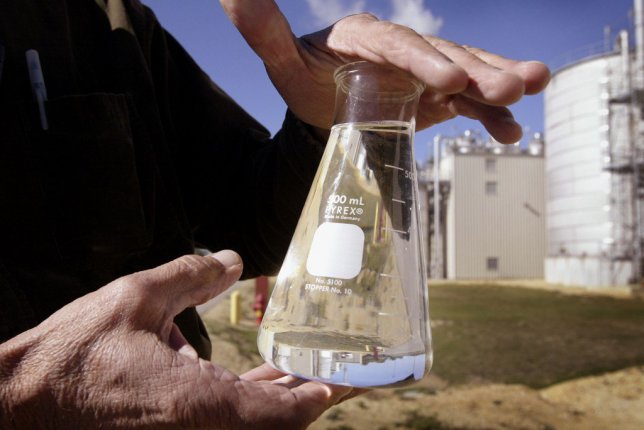Impact of Falling Oil Prices on LNG
The recent surprise drop in crude oil prices are having big impacts on international LNG prices and may cause a slowdown in the development of LNG export terminals globally. LNG is liquefied natural gas, cooled to a temperature of -260° F, for the purpose of compression and transportation. International shipments of LNG by container ship…
Continue reading →



